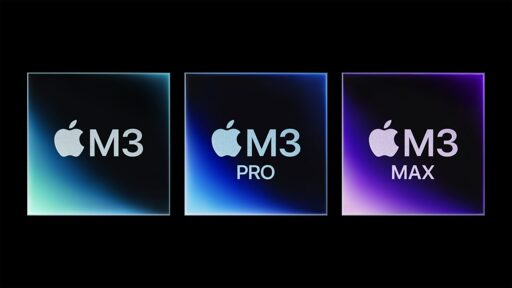Unpaid and using an MIT license so that the megacorps dont contribute back? Golly, I wonder who that would be!
- 18 Posts
- 781 Comments
So what, it’s still a trash language.
I think you’re right. CSS was more understandable to me after reading that it came from the world of print media. It’s how things were laid out there and it was transformed into a language from those with domain knowledge.
But I would be curious if those who studied art also use the same terminology. If so, then it would make sense that it would seem more intuitive to them.

 611·13 days ago
611·13 days agoI do not envy the monkey apt at throwing shit. If you find it a useful aptitude, good for you.

 913·13 days ago
913·13 days agoYeah, using trash is definitely a skill issue. You’re right about that.

 1215·13 days ago
1215·13 days agoCSS is trash. Always has been, always will be.

 151·13 days ago
151·13 days agoYeah. Easy. So easy. Text size changes, svg not centered anymore. Add margin (or whatever that inside margin is called), and tada, not centered.

 31·18 days ago
31·18 days agoCompared to untyped languages? Sure. Compared to C or C++? Then maybe it’s a skill issue 😋

 4·25 days ago
4·25 days agoAnd yet people still happily use the platform. À la “smash capitalism” sticker on a Macbook Pro.

 139·25 days ago
139·25 days agoIt wasn’t even tech bros. Some people started using opensource software, discovered the master branch and lost their shit. Nobody meaningful had ever connected the name to anything malevolent, but those people made themselves be offended in the name of people who weren’t even offended by it.
Microsoft bought github and didn’t want the bad press so they renamed it after the twitter shitstorm. The professional victims then moved on to whatever else made noise on twitter and that was that.
I force all new projects to use master as all my old scripts and repos use master. Twitter shitstorms scan stay where they should be: in the toilet bowl of the internet aka twitter.

 78·27 days ago
78·27 days agoExtremely. The constant purity checks of “this is not opensource because this org said so” is like bible thumping. “The good book of Christ says this is how the world is made and it is sacrilege to claim otherwise”.
AOC is a programmer?

 36·1 month ago
36·1 month ago“If I need to write boilerplate and learn a new skill, is it really worth it?”

 10·1 month ago
10·1 month agoI do think it is, but only if you dive into what the services and modules do, or if you create some yourself. Most packages are created for mainstream distros and you will have to adapt how they work to nixos’s mode of working. In doing so, you will learn - at least I have.
I know more about systemd, kde’s configuration, bash, opengl, library paths, and more because of having to go through the pain of making it work ok nix/nixos.
It is arguably also quite valuable to see how something is done in nixos as a kind of documentation in code for how to configure other software. Where changing an option’s value in nixos kicks of a bunch of things, on other systems you have to either trust that the package has scripts to do that, or imperatively do those steps yourself.
The skills seem quite transferable to me, IMHO.

 31·1 month ago
31·1 month agoJavascript just made it very easy to add libraries. I bet you if it C++ had an ecosystem as easy to use as Javascript, it would be the wildest mess you could imagine. Someone would create a package chock full of generics that sends your credentials to a foreign server during compilation but output a completely fine binary. But making dependency management easy in C++ would kill the elitist allure to the language and we can’t have that now, can we?

 12·1 month ago
12·1 month agoThat’s a meme response. I can snicker, but it really doesn’t solve anything.

 341·1 month ago
341·1 month agoDevelopment should really happen more in containers but I hate devcontainers. It’s very VScode specific and any customizations I made to my shell and environment are wiped away. It has trouble accessing my ssh keys in the agent, and additional tools I installed…
I just wish nix/nixos had a safer solution for it. Maybe even firejail or bwrap or landlock or something.
We laugh about AI deleting all the shit, but every day there’s a new npm package ready to exfiltrate all your data, upload it to a server and encrypt your home. How do you protect yourself against that?
Sure, if you compare it to a thinkpad for 1k. M1 Macbook pros cost how much when they were released? 2.5k? 3k? Of you’re going to get reduced compilation times. But what exactly is it “paying of”? How is the calculation from time to money done?
“I can store so much stuff in my RAM, it’ll pay back in 6 months”. Such a random metric.
I learned to hate the Mac forced upon me for the time I used it, thank you very much. Fuck everything about those boots from the fruit store. Especially in a multi-architecture team, fuck macs.








Pushover licenses show how much influence big tech companies have over opensource. It’s in their interest of promote these licenses.